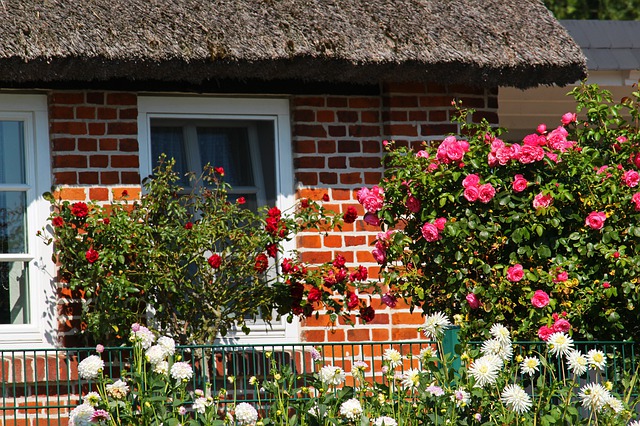Introduction
Anchoring a gazebo is an essential step to ensure its stability and safety, especially in areas prone to strong winds or inclement weather. Whether you have a permanent or temporary gazebo, proper anchoring is crucial to prevent it from toppling over or getting damaged. In this article, we will explore different methods and techniques on how to anchor a gazebo effectively.
Choosing the Right Anchoring Method
Before diving into the specific techniques, it is important to consider the type of gazebo you have and the ground conditions in your area. Permanent gazebos usually require more robust anchoring methods, while temporary or portable gazebos can be secured with lighter options. Additionally, the type of ground, such as grass, concrete, or soil, will also influence your choice of anchoring method.
Common Anchoring Methods
1. Stakes or Pegs: This is a simple and cost-effective method suitable for temporary or portable gazebos. Metal or heavy-duty plastic stakes are driven into the ground at each corner of the gazebo and secured with ropes or straps.
2. Sandbags or Weights: If you are setting up your gazebo on a hard surface like concrete or a deck, sandbags or weights can provide stability. Place sandbags or heavy weights on each leg of the gazebo to prevent it from being blown away.
3. Auger Anchors: Auger anchors are corkscrew-like metal stakes that are screwed into the ground. They provide excellent stability and are suitable for both temporary and permanent gazebos. Auger anchors work well in various ground types, including soil and grass.
4. Concrete Footings: For permanent gazebos, concrete footings offer the most secure anchoring method. Dig holes at each corner of the gazebo and pour concrete into the holes, embedding anchor bolts or brackets. Once the concrete sets, attach the gazebo to the anchor points for a sturdy foundation.
Installation Steps
1. Prepare the Area: Clear the area where the gazebo will be installed, removing any debris or obstacles that could interfere with the anchoring process.
2. Determine Anchor Points: Identify the four corners of the gazebo where the anchoring will take place. Ensure these points are evenly spaced and aligned with the gazebo’s legs.
3. Install Anchors: Depending on the chosen anchoring method, follow the manufacturer’s instructions to install stakes, sandbags, auger anchors, or concrete footings. Make sure each anchor is securely in place before proceeding.
4. Attach the Gazebo: Once the anchors are installed, attach the gazebo to the anchor points using ropes, straps, or brackets. Ensure the connections are tight and secure.
Conclusion
Anchoring a gazebo is essential to ensure its stability and prevent damage caused by strong winds or adverse weather conditions. By choosing the appropriate anchoring method and following the installation steps, you can enjoy your gazebo with peace of mind, knowing it is securely anchored.
References
– Home Depot: www.homedepot.com
– Lowe’s: www.lowes.com
– The Spruce: www.thespruce.com










